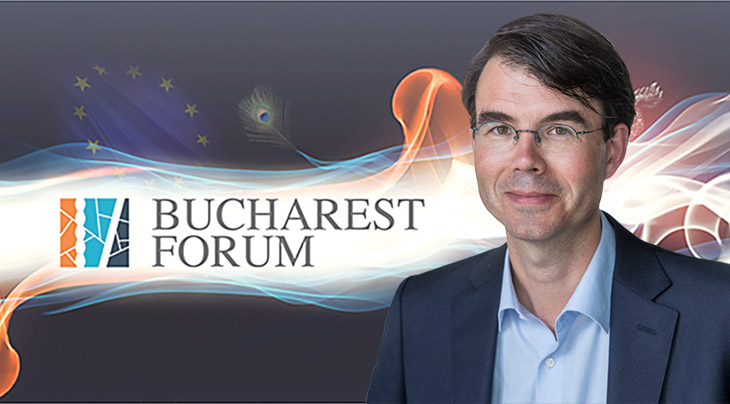Energy integration in EU is still far away. Barriers like the lack of liquid wholesale markets in the member states, and the lack of transparency in wholesale price formation impend reaching this crucial goal. Romania has a significant role to play, given its position as an indigenous producer and potentially linking more to countries in the region, explains Dennis Hesseling, Head of Gas Department, Agency for the Cooperation of Energy Regulators (ACER), in an exclusive interview for energynomics.ro.
ACER’s main objective is to fully integrate national energy markets in the EU. As by 2014, how far/close seems to be this objective and where would you place Romania in the assembly of the European markets, in this respect?
As you mention, the initial deadline for the IEM completion is soon approaching. An EU-wide internal market can only be achieved by ensuring reactivity of gas flows to wholesale price differences. This should be done through instruments to ensure fair access to and competition in all MSs markets. Despite the significant advances achieved up to now, and the measures planned for the coming years, there are still barriers to reaching this goal. The persistence of these barriers varies per region.
For gas household consumers, the EU average switching rate was about 5% in 2012
As ACER Market Monitoring Report (MMR) on the progress in the completion of the IEM detected last year, these barriers mainly relate to the lack of liquid wholesale markets in the MSs, the lack of transparency in wholesale price formation, the lack of adequate gas transportation infrastructure, the presence of long-term commitments for gas supply, the hoarding of cross-border capacity and pronounced discrepancies in regulatory regimes and tariffs. In the case of Romania the referred ACER report identified that most of these barriers still seem to be present and therefore coordinated efforts must be done to overcome them in the short term. The important role of Romania as an indigenous producer and potentially linking more to countries in the region makes even it more urgent to accelerate these efforts.
In some markets – and in Romania as well – although the prices liberalization have been put in place, the consumers are quite reluctant in switching suppliers for gas. What can be done in order to stimulate this process? Are you aware of any set of good practices that worked anywhere in Europe?
Indeed, switching rates are still relatively low in EU. For gas household consumers, the EU average switching rate was about 5% in 2012.
In those EU MSs where the liberalization – and associated higher competition – process is more advanced significant price differentials exist between suppliers’ offers. In principle, if consumers were fully price responsive, these price differences would promote higher switching rates. But a series of factors such as lack of consumers awareness, consumers aversion to risk, relevant switching costs or consumers inertia may slow the process. Regulation must try to solve these “switching barriers”. Simplification and comparability of offers contribute to higher switching rates. Good practices are for example web comparison tools where consumers can easily compare the different offers or adopting standardized fact sheets, which help consumers to better understand the offers and to be more confident with different suppliers.
